Thomas Ruff manipulates the layers and histories of photographic images.
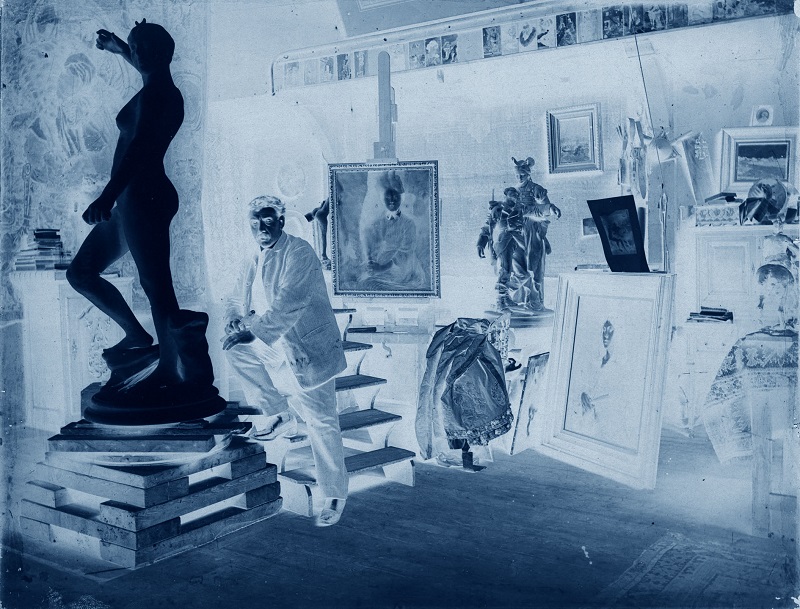
“If you look at a photograph, you are looking at the past. With the images of stars, you are not looking at one past but many pasts.” Thomas Ruff is standing in front of his Stern series (1990-92), four large-scale photographs orientated vertically on the wall. The sombre reflection that Stern invites reminds me of what it feels like to stand in front of a Rothko: in both cases, we are hailed to look into the void. You know, the universe is expanding.
We walk past Ruff’s neg artist (2014) series, blue-tinted negatives of found photographs featuring 19th-Century male artists in their studios. Ruff jokes that this is his “blue phase”, drawing a connection to the modernist Picasso. We all laugh in acknowledgment of this art-historical in-joke.
It is not possible to take in Thomas Ruff: Object Relations, a survey exhibition currently on view at the Art Gallery of Ontario (AGO), without thinking about history — the history of photography, but also the history of modernism more broadly. Curated by Sophie Hackett, Object Relations features forty works by Ruff that are curated alongside works from the artist’s own collection. Ruff as artist and Ruff as collector are both present in the exhibition, two positions that inform Ruff’s approach to photography. Ruff, who was born in Zell am Harmersbach, Germany in 1958, now lives and works in Dusseldorf. From 1977 to 1985, he attended the Düsseldorf Art Academy, which is known for its experimental approach to photography as a medium. Ruff is associated with The Düsseldorf School of photography, alongside artists like Andreas Gursky, Candida Höfer, and Axel Hütte.
Object Relations also features the debut of Ruff’s press+++ series (2015). press++ demonstrates many of the practices and sentiments that Ruff has become known for: the use of found images, the sculptural approach to photography through techniques of layering, the blurring of the digital/analog divide, and the theme of reversal. Standing in front of press++ 0132 (2015), Ruff points to the diagonal lines that form the wires of the parachutes from a wartime image, explaining how he re-drew the lines that had disappeared in the original. Indeed, Ruff’s practice involves contextualizing the past and engaging in performative acts of conservation and reconstruction of the source image, approaching the photograph as comprised of layers that can be manipulated.
The following interview was conducted in May 2016 at the AGO.
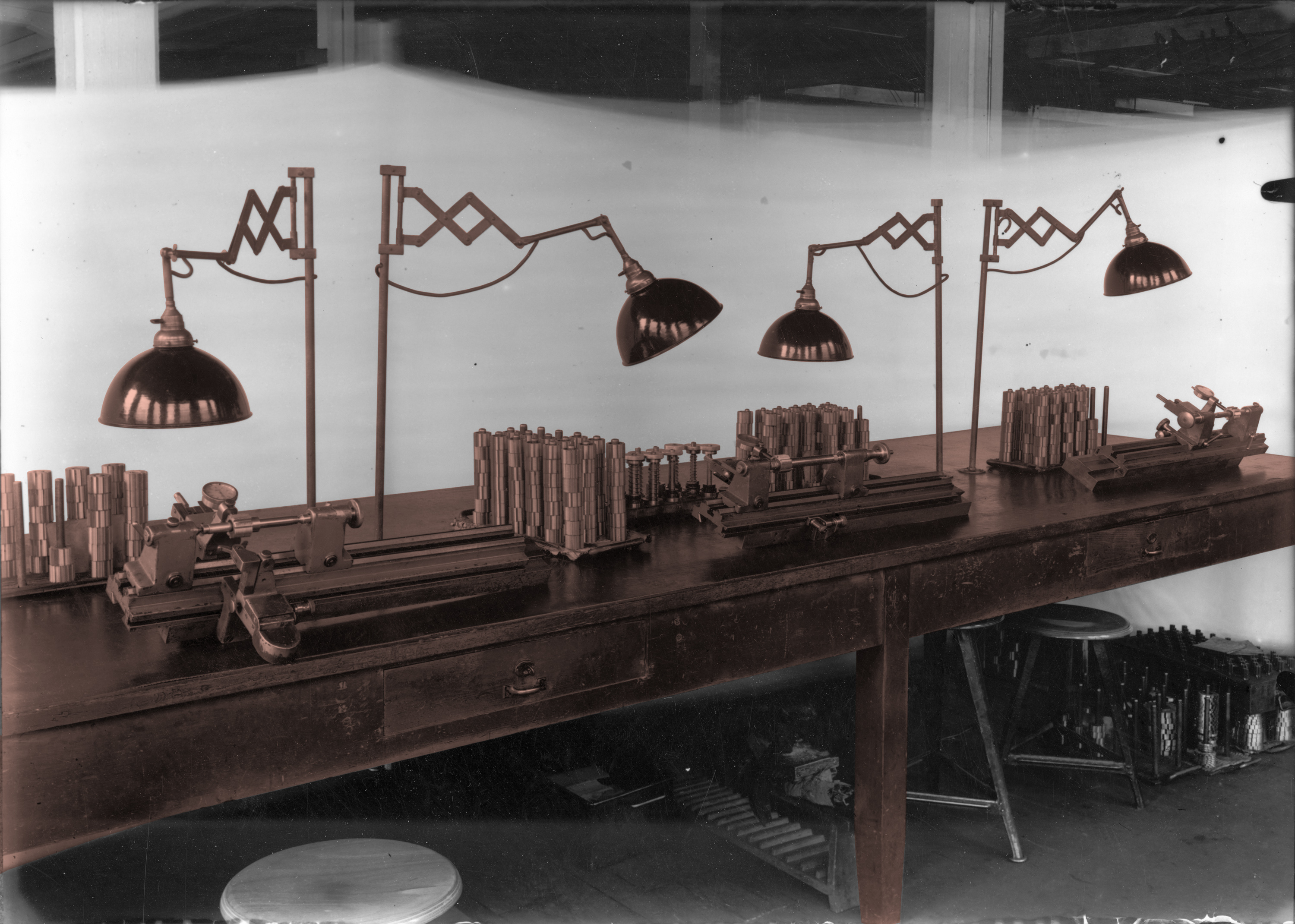
Lauren Fournier (LF): As an artist who has become known as one of the most influential photographers today, you must have come up against the ongoing “digital versus analog” question. You have worked across both, often choosing to bring the two together in your processes. What do you make of the “digital versus analog” divide – the purity of the true analogue, for example – and how some artists can be rather religious in their devotion to one or the other?
Thomas Ruff (TR): Actually, I don’t understand this discussion. (Laughs) Because, in the very beginning, I thought, OK there’s this new digital. At that time, I thought that is just a new tool, like a new lens, or a new bag for the camera. I did not think about it. Of course, in the meantime, I had to realize that there is a big change with the digitalization of photography. I can’t understand people who say: “No, a photograph has to touch chemicals; otherwise, it is not a real photograph.” But, at the same time, I think photography is just a medium like painting, drawing, using the pencil, to create images. If you limit the photograph to the analogue, chemical way, you lose a lot of options for creating different kinds of images. Also, we live in a digitized world. You don’t use a horse coach to move in the city, you use a car.
LF: Speaking of contemporary technologies, in your new work, press+++, you take found press photographs from the 1940s through the ’60s and transpose the verso text from the back of the original on top of the image. What strikes me first about these works is the scale: by re-contextualizing these mid-20th-Century press photographs in such a monumental scale, you are countering the smallness of the iPhone screen that we have grown so accustomed to for taking in images, news and social media. The scale of the press+++ work demands a certain kind of attention.
TR: When I started working on them I did not expect them to be so big. This happened while I was working on them. This scale is quite beautiful because you can really go close and you can really go deep into details, even though the quality of the (original) photograph itself is actually quite bad. But, in combination with the typing and the writing and other visual elements, the quality of the photograph doesn’t matter — the focus or the sharpness comes from the stamps, the written letters, and so on. You can zoom into these images, which you could not do if they were printed in a smaller size.
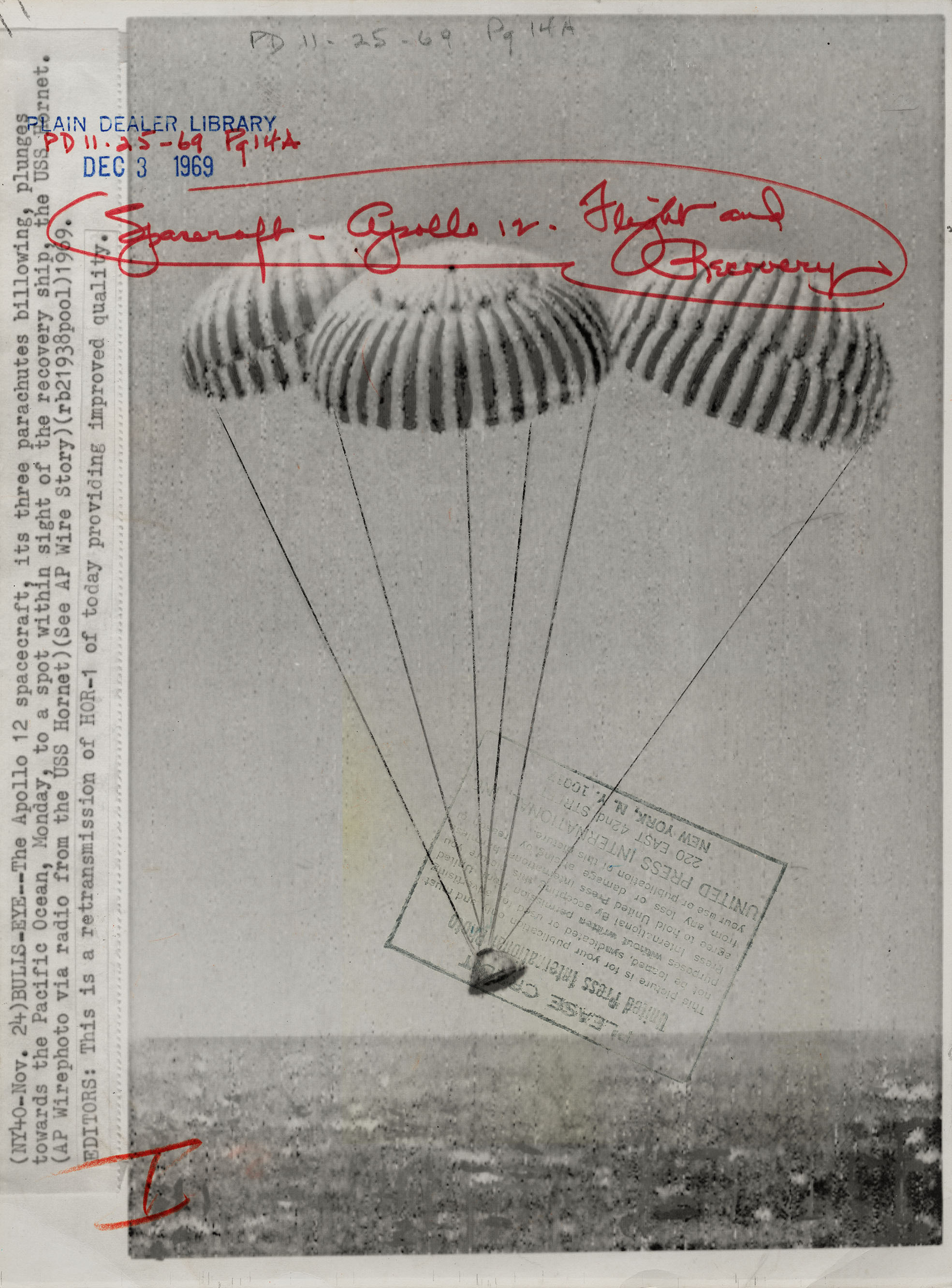
LF: Your practice is self-aware in its engagement with the history of photography. In this exhibition, your work — including the latest work — is positioned alongside works from your own collection, a sampling of photography from the modernist era, roughly 1885 through the 1940s. In a sense, this curatorial decision to place your own work next to your collection of images from the history of science, for example, makes sense in that your practice involves appropriation: appropriating found images, re-contextualizing them, inflecting them with new meanings through digital interventions or other post-production strategies. When it comes to the history of photography, is there a teleology at work? Do you conceive of the history of photography in a particular way — linear, circular, iterative?
TR: I see myself in the middle. (Laughs) My work is subjective. It is also autobiographical. So, all of the things I am dealing with come from my own interests, my private life, curiosities, things that upset me, things that make me laugh. My practice is a continuous reaction to the world outside.
LF: The title Object Relations brings to mind the field of psychoanalysis advanced by D.W. Winnicott and Melanie Klein. In object-relations psychoanalytic theory, the relationship between the mother and the child is particularly important. I’m curious about the title of this exhibition, given the autobiographical nature of your work.
TR: Actually, you’ll have to ask Sophie Hackett about the title, as it came from her. I understood it as: you have the objects— the photographs— and the transformation of those objects into something different than it was before. That was my idea of object relations.
LF: Yes, of course. This is Sophie Hackett’s framing of your work. I’d like to ask you, then, about appropriation in contemporary art. Throughout the 1990s and into the present, you have used appropriative practices, using found pornographic images from the Internet or NASA photographs of space. Does appropriation remain a fertile aesthetic space to make work from? I suppose what I am asking is, what is the future of appropriation art— if you feel like doing some prophesying.
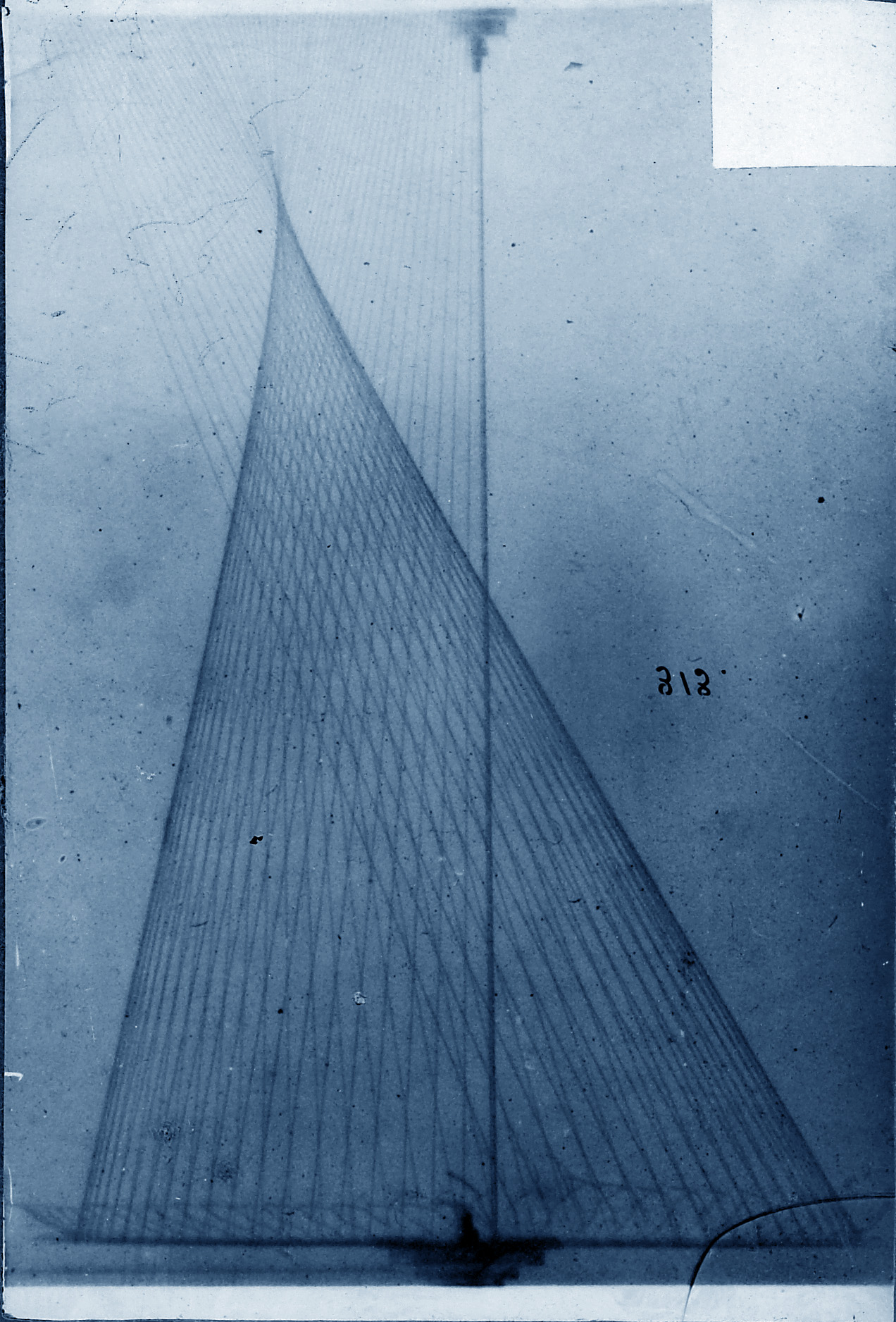
TR: I appropriate images, but I do not do it in the way that Richard Prince or Sherrie Levine did it. In my way, there are several steps of transformation in the process. What I do is a kind of copying and sampling — I wouldn’t call it appropriation. It’s copying, it’s sampling. But, of course, I have no idea what the future of appropriation will be.
LF: Sure. The distinction between appropriation and sampling makes a lot of sense. Turning to the abstract elements of your work, I see some of your work as being in relationship to this modernist tradition of abstraction. Is there a politics to abstraction?
TR: Photography per se is figurative. When it comes to abstraction, I think it depends on how figurative the image will be. You can do a photogram and record only the shadows of the object, so it cannot be figurative. From the beginning onward it is abstract. If you look at the stars, in the Stern series, they are an abstract thing because it is about the distribution of white points. Yes, you recognize the stars, but what is it that you actually see when you look at stars? You don’t see anything— it’s the lens that creates the image. When we look at the negatives, are they abstract or figurative? They have a degree of abstraction that I cannot name.
LF: I’ll finish with a question about negatives in your recent work — your “blue phase!” (Laughs) During the tour, you explained how the negative is becoming an extinct medium; that children today, like your daughter, tend not to know what a negative is. I understand what draws you to the negative as a medium, but I’m curious about the particular visuals of the negative. To me, it invokes a kind of haunting or ghosting of the past.
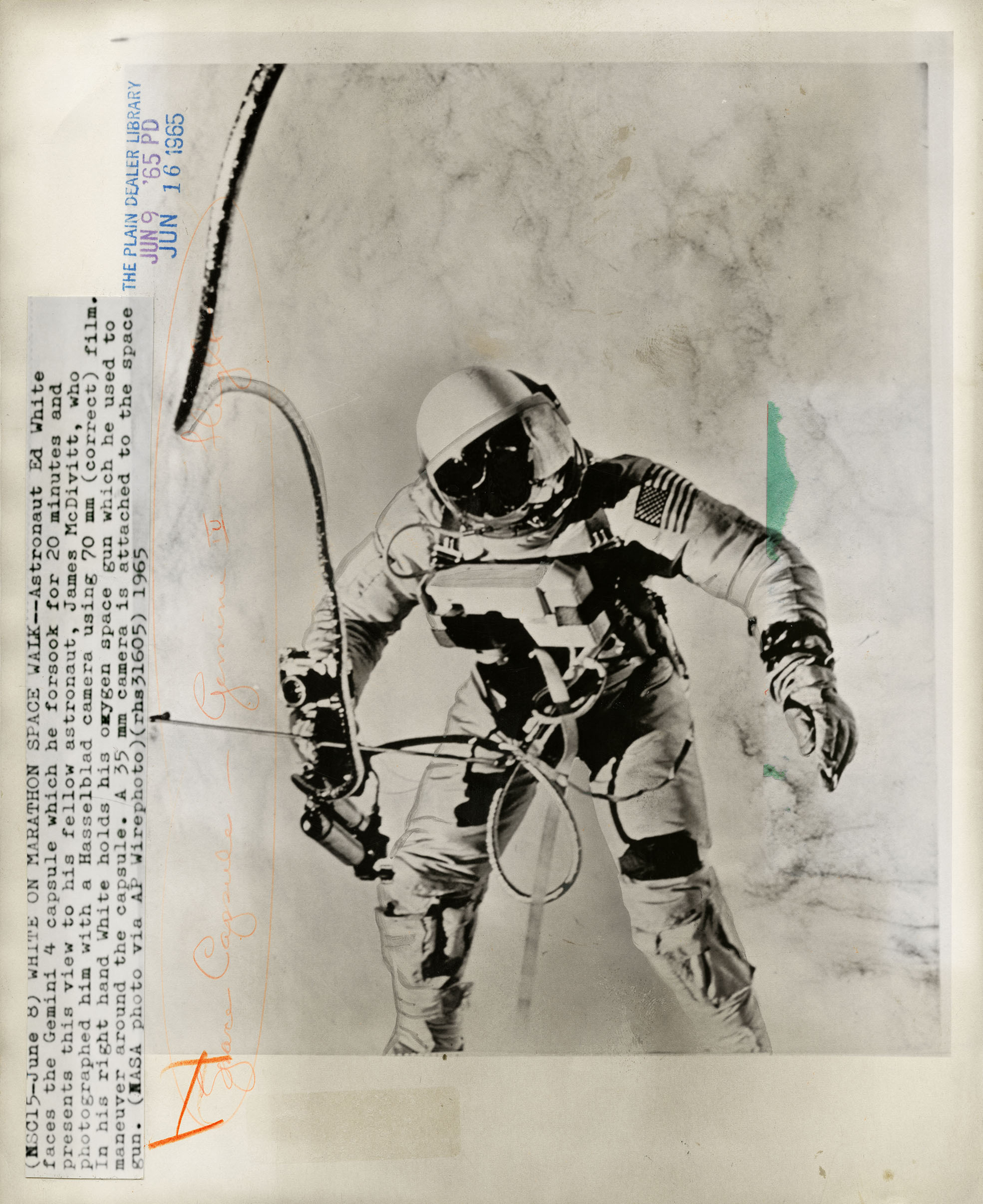
TR: If you take the negative, reality is hiding. By being negative, reality is not completely visible. I have some portraits of Indian princesses that really look incredible in the negative version, and I think that all of the ethnographic photography was a Western view on Aboriginal peoples and it was the look of power over the other. If I turn them into negatives, I give the Indian princesses back some of their dignity because we cannot read the image properly.
LF: That makes sense— that the negative de-familiarizes or obscures the original image, opening it up to new readings.
TR: Yes, I undercut the Western view on those foreign people through the use of the negative.
Thomas Ruff: Object Relations is a highlight of the Art Gallery of Ontario’s Year of Photography and runs until July 31, 2016. It is presented in conjunction with the Scotiabank CONTACT Photography Festival.
Lauren Fournier is a writer, artist and PhD candidate based in Toronto. Her writing has been published in Canadian Art, West Coast Line, the Journal for Comparative Media Art and KAPSULA.
Andreas Gursky appropriation Art Gallery of Ontario Candida Hofer digital Germany photography Richard Prince Sherrie Levine Thomas Ruff



